Regulatory Support
Regulatory frameworks promoting sustainable packaging practices are influencing the Flexible Paper Packaging Market. Governments worldwide are implementing policies aimed at reducing plastic usage and encouraging the adoption of eco-friendly materials. These regulations create a favorable environment for flexible paper packaging, as it aligns with legislative goals to minimize environmental impact. For instance, bans on single-use plastics in various regions have led to increased demand for alternative packaging solutions, including flexible paper. This regulatory support suggests that the Flexible Paper Packaging Market may experience accelerated growth as businesses adapt to comply with new standards and consumer expectations for sustainable practices.
Consumer Preferences
Shifting consumer preferences towards sustainable and functional packaging are driving the Flexible Paper Packaging Market. As awareness of environmental issues grows, consumers are increasingly favoring products that utilize eco-friendly packaging solutions. This trend is evident in various sectors, including food, cosmetics, and personal care, where consumers actively seek out brands that prioritize sustainability. Market data indicates that a significant percentage of consumers are willing to pay a premium for products packaged in environmentally friendly materials. This shift in consumer behavior suggests that the Flexible Paper Packaging Market is poised for growth, as brands respond to these preferences by adopting flexible paper packaging solutions that align with consumer values.
Technological Innovations
Technological advancements are reshaping the Flexible Paper Packaging Market, driving efficiency and enhancing product offerings. Innovations in printing technology, lamination processes, and material science have led to the development of high-performance flexible paper packaging solutions. For instance, advancements in barrier coatings have improved the shelf life of products while maintaining the eco-friendly nature of paper. The integration of smart packaging technologies, such as QR codes and NFC tags, is also gaining traction, allowing brands to engage consumers more effectively. Market data indicates that the adoption of these technologies is expected to increase, suggesting a potential for significant growth in the Flexible Paper Packaging Market as companies leverage these innovations to differentiate their products.
Sustainability Initiatives
The increasing emphasis on sustainability appears to be a primary driver for the Flexible Paper Packaging Market. As consumers become more environmentally conscious, companies are compelled to adopt eco-friendly packaging solutions. This shift is reflected in the growing demand for biodegradable and recyclable materials, which are integral to flexible paper packaging. According to recent data, the market for sustainable packaging is projected to reach substantial figures, indicating a robust growth trajectory. Companies that prioritize sustainability not only enhance their brand image but also align with regulatory requirements aimed at reducing plastic waste. This trend suggests that the Flexible Paper Packaging Market is likely to expand as businesses seek to meet consumer expectations and comply with environmental standards.
Customization and Versatility
The demand for customization and versatility in packaging solutions is a notable driver for the Flexible Paper Packaging Market. As brands seek to differentiate themselves in a competitive landscape, tailored packaging solutions that cater to specific product requirements are becoming increasingly important. Flexible paper packaging offers a range of options, from various sizes and shapes to unique designs that enhance product visibility. This trend is particularly evident in sectors such as food and beverage, where packaging plays a crucial role in attracting consumers. Market analysis shows that the customization trend is likely to continue, with companies investing in flexible paper packaging to meet diverse consumer preferences and enhance brand loyalty.


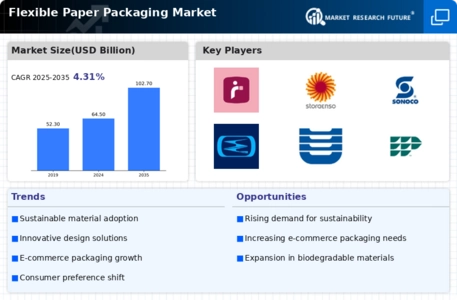
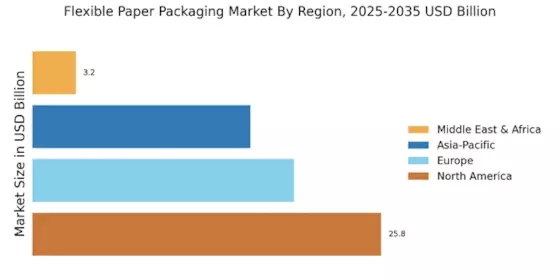
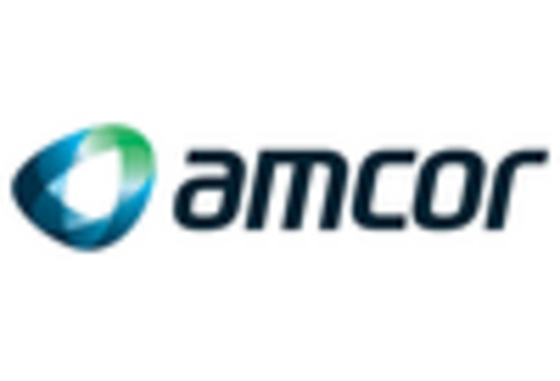
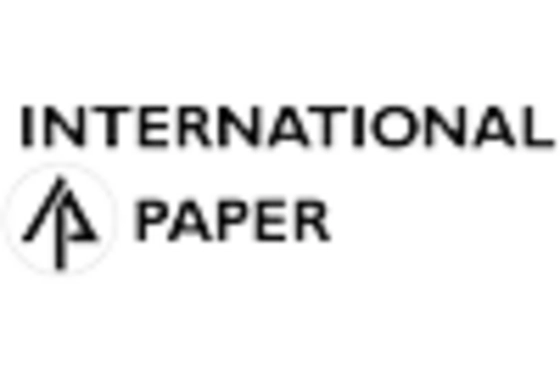

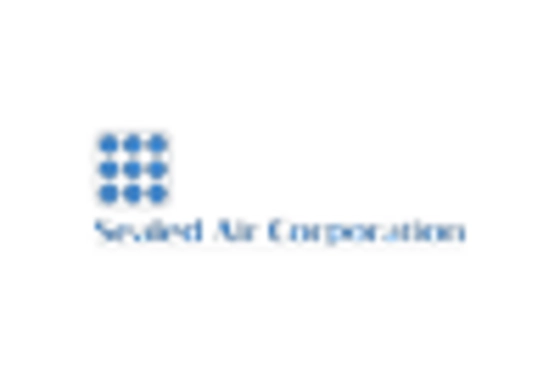
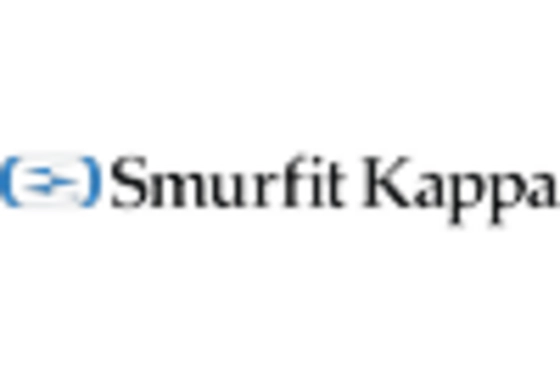
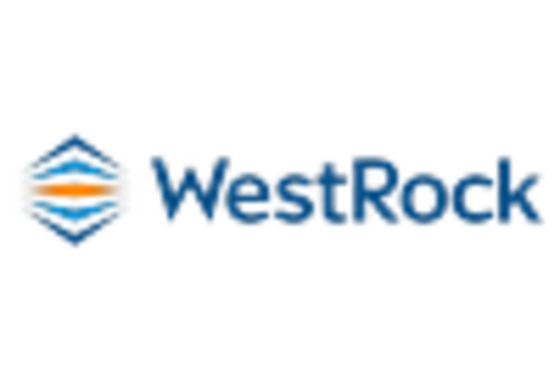








Leave a Comment